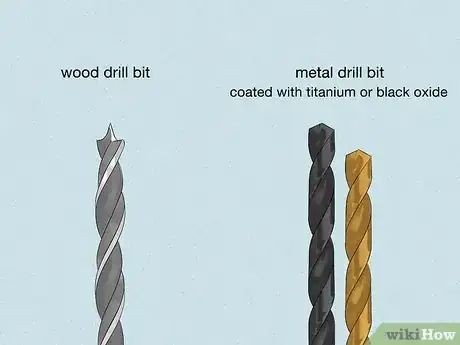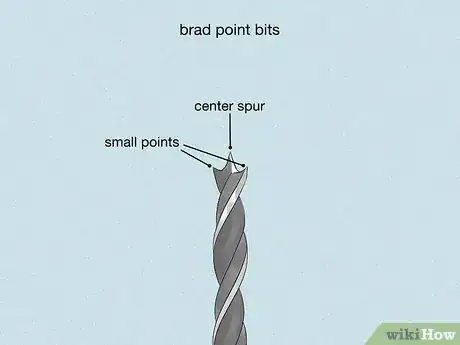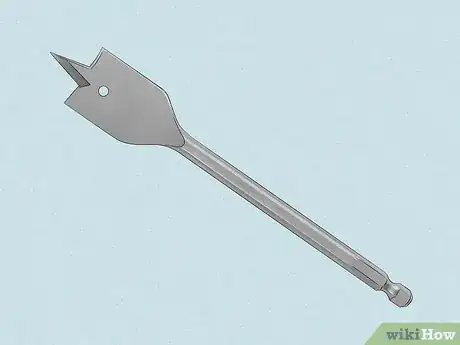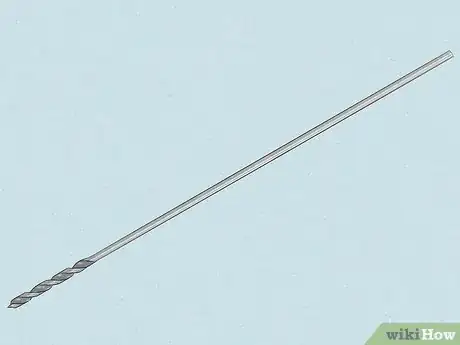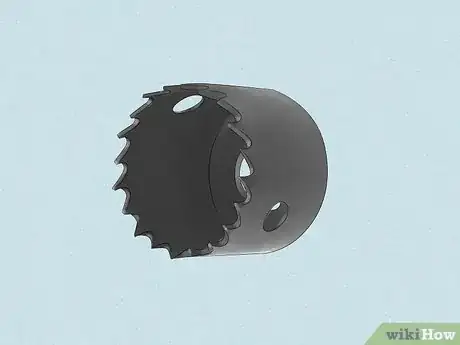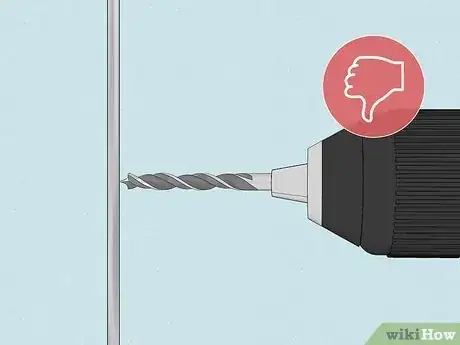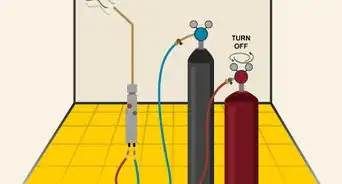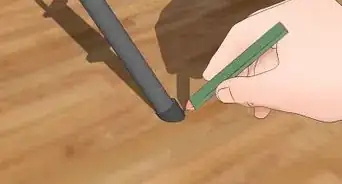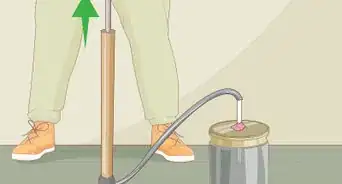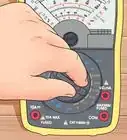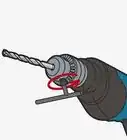This article was co-authored by Jason Phillip and by wikiHow staff writer, Hunter Rising. Jason Phillip is a handyman specializing in mounting and hanging objects onto walls. With over five years of experience professionally mounting and installing objects through his company, Jason's Handyman Services, Jason's work includes working with mounting window AC units, designing art gallery walls, installing kitchen cabinets, and replacing light fixtures on drywall, brick, and plaster. He has been rated a "Top Pro" every year since 2016 by Thumbtack for being one of the highest-rated, most popular professionals on Thumbtack.
There are 13 references cited in this article, which can be found at the bottom of the page.
This article has been viewed 2,876 times.
Do you have a few drill bits in your toolbox, but aren’t sure which one is right for the project you’re working on? Even though the drill bits may look the same at a glance, metal and wood drill bits are designed differently to make cutting through the material easier. Keep reading to find out more about the key differences to look for and which one to choose to finish your DIY.
Things You Should Know
- A wood drill bit has a pointed spur on the tip. A metal drill bit comes to a blunt point.
- Metal drill bits may have a black or gold coating. Wood drill bits usually have a shiny silver finish.
- It’s safe to use a metal drill bit for wood but it may create rough edges around the hole. Avoid using a wood drill bit for metal since it will dull quickly.
Steps
Warnings
- Avoid forcing a drill bit through material so it doesn’t shatter or break. Turn off your drill and change the bit.[15]⧼thumbs_response⧽
References
- ↑ https://youtu.be/sNr_wtO9O7s?t=134
- ↑ https://youtu.be/sykjB7fS1Po?t=219
- ↑ https://www.thisoldhouse.com/tools/21018363/drill-bits-are-boring
- ↑ https://www.bobvila.com/articles/480-drill-bits-for-different-jobs/
- ↑ https://youtu.be/IHsJkdz9k4c?t=55
- ↑ https://www.irwin.com/uploads/documents/52_2013_wooddrilling_ebook.pdf
- ↑ https://youtu.be/34UjD_mCGd4?t=90
- ↑ https://youtu.be/PrKFnBZSfoY?t=133
- ↑ https://www.thisoldhouse.com/tools/21018363/drill-bits-are-boring

